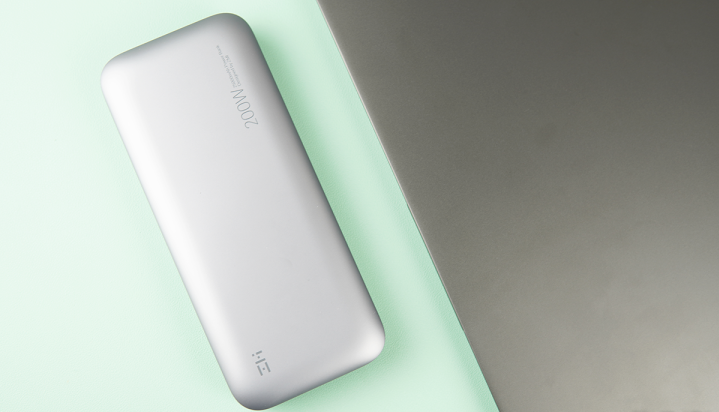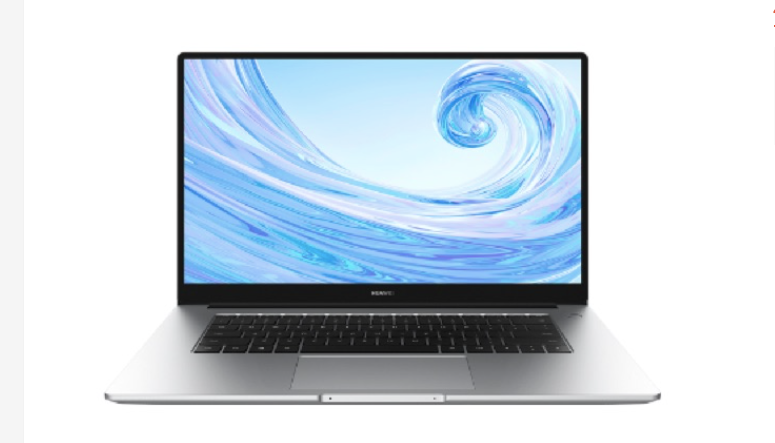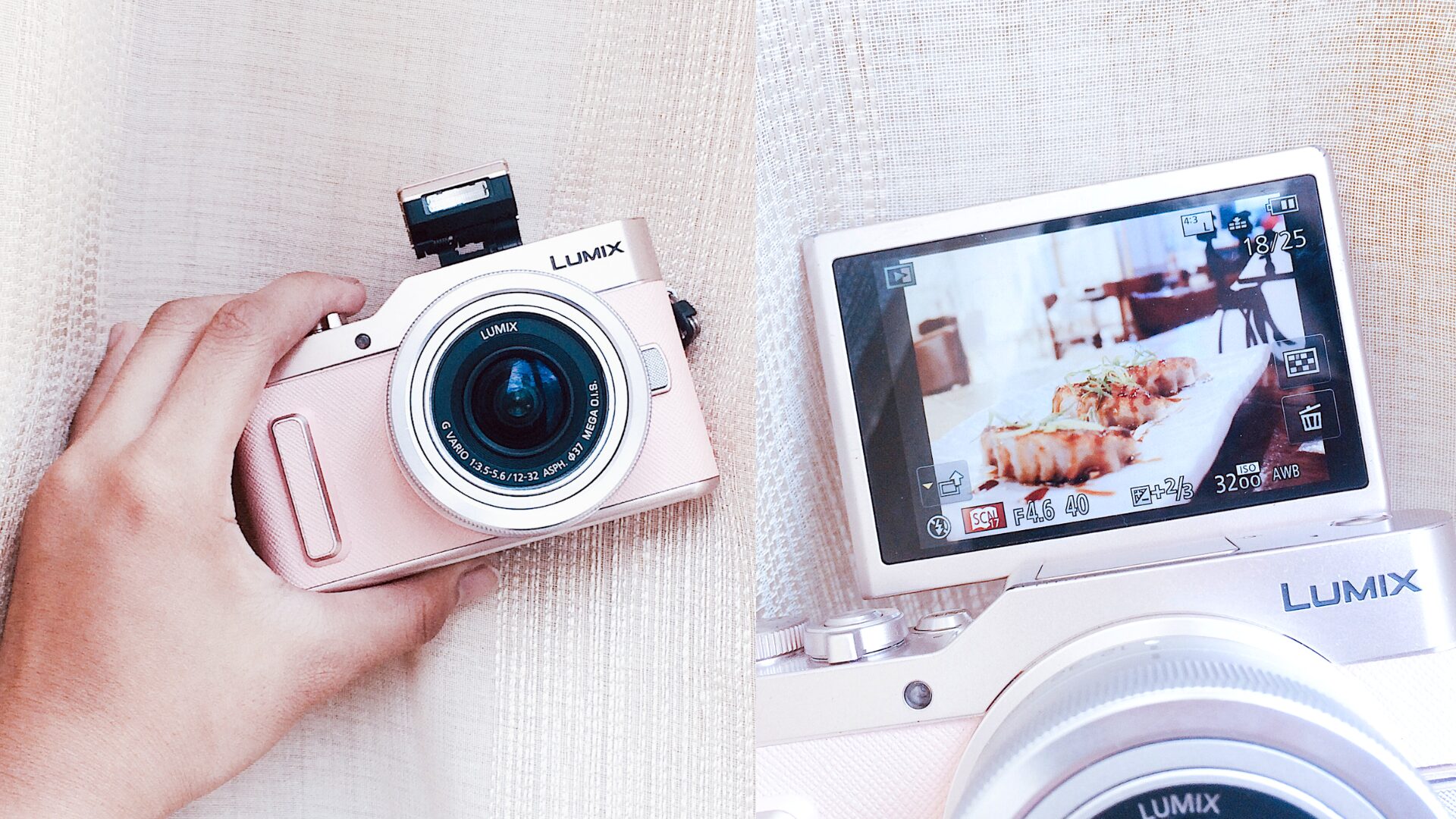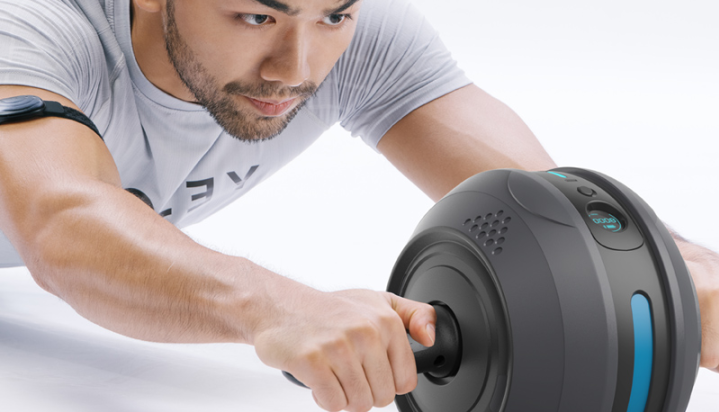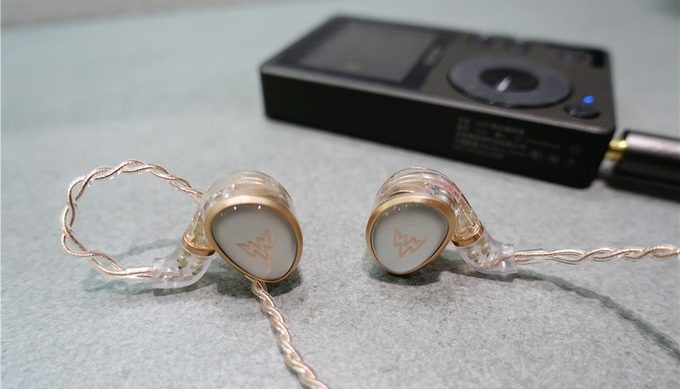A few years ago, there was a saying in the market: “There are only two kinds of power banks in the world, one is Xiaomi mobile power, and the other is non-Xiaomi mobile power.” This is a high recognition of the quality and cost-effectiveness of Xiaomi’s mobile power supply. The manufacturer of the Xiaomi mobile power bank is a 100% direct brand-ZMI. Recently, the Zmi launched the Zmi 20 power bank, which was dubbed by netizens as “the strongest power bank in history.” It’s really amazing to see its parameters-the total output power of 200W, the output of a single port of 120W, and the large capacity of 25000mAh can all be called the “emperor” of the power bank.
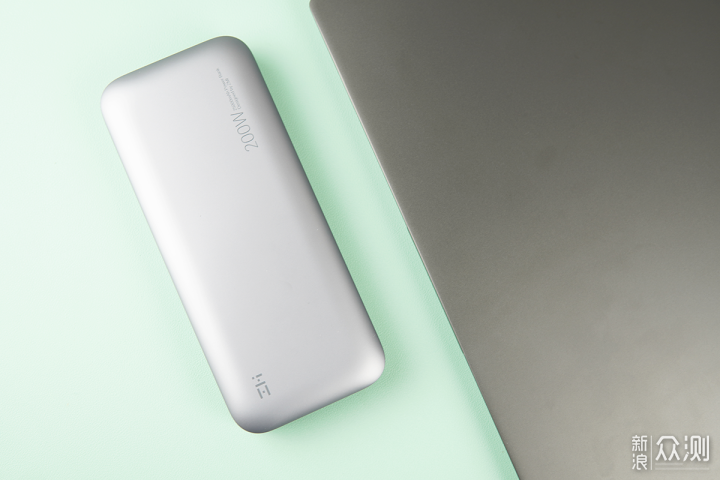
Of course, the weight is also very “emperor”, this is not a half catty machine, it is a proper one catty. Taking it out is like taking a brick, self-defense is definitely enough.

With a weight of 579 grams, it is the heaviest power bank I have ever used. The sacrifice in weight is naturally in exchange for the most extreme performance. Next, let’s take a look at the ultimate performance in exchange for weight. The packaging is simply skipped, and it is still the MI packaging style.
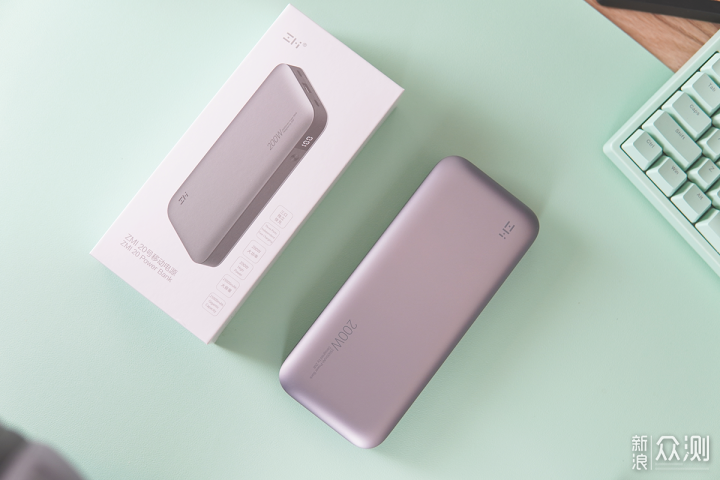
In addition to the mobile power source, there is a C2C data cable and an A2C data cable.

How big is the volume? Can’t hold it with both hands.
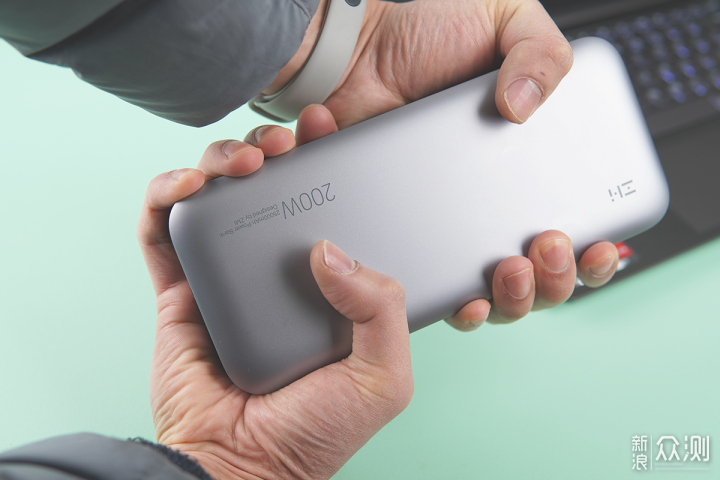
The thickness is also obvious, after all, the capacity of 25000mAh. In addition to the ZMI English logo, the 200W words are extremely eye-catching.
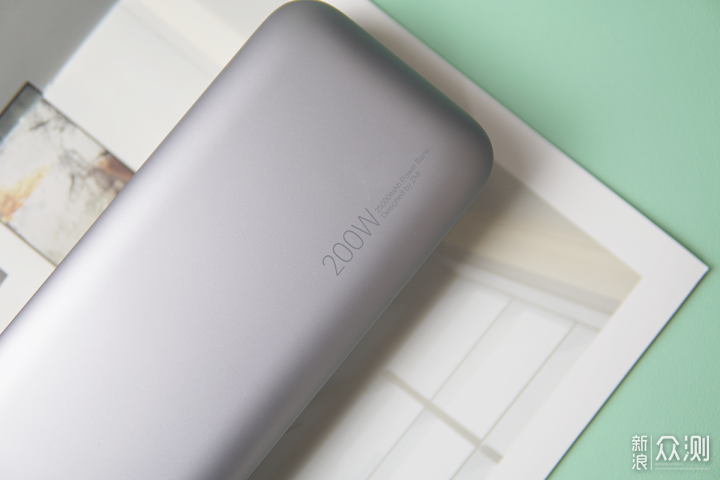
The silver surface has an extremely delicate frosted texture. Last year, many products of ZiMi liked to use mirror polishing design. It looks good, but it is easy to stain fingerprints. The ZMi 20 obviously does not. Press this concentric circle power check button, there will be an LED digital display. The accuracy ranges from 0 to 100, which is much more accurate than the usual four-segment display.

The sense of steadiness brought by the beating numbers when charging is definitely not brought by the four-bar battery display. With two C ports and one A port, the USB-C1 port supports a maximum output power of 100W, and the USB-C2 supports a maximum output power of 45W. And this specially customized A port supports up to 120W output.

Of course, this 120W output power is currently limited to such a high efficiency when charging the Mi 10 Extreme Commemorative Edition. At the same time, it needs to be matched with the original data cable of the Mi 10 Extreme Commemorative Edition. The three ports are charged at the same time, and the maximum output can reach 200W at the same time. The C1 port is 65W, the A port is 120W, and the C2 port is 15W. In fact, I wanted to test the 120W fast charge of Zmi 20, but I didn’t have the Mi 10 Extreme Commemorative Edition. I went to Xiaomi’s home and asked if I could borrow their mobile phone to test. The store manager agreed, but in the end, I couldn’t find the original one. The charging cable can only be dismissed. This powerful and invincible A-port fast charge can only be left to find a chance to test in the future.
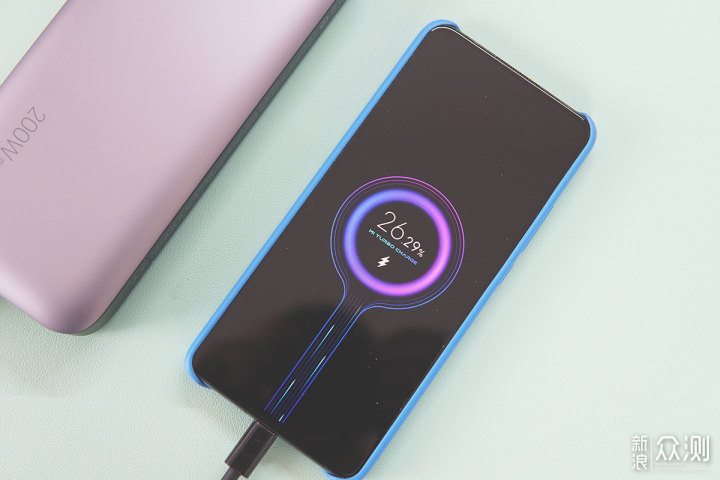
The Redmi K30 Supreme Commemorative Edition at hand is both Supreme, but the fast charge speed is much worse than that of 10 Supreme. According to actual measurement, the output power of the Zmi 20 can reach about 28W.
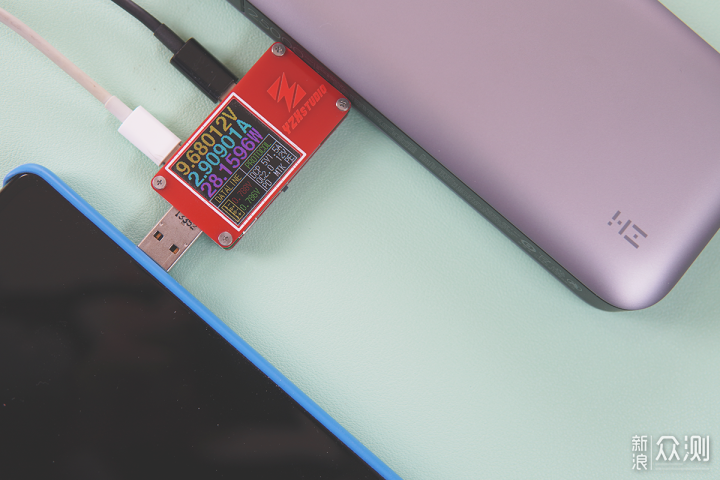
With a battery capacity of 4500mAh, Zmi 20 can charge it up to 55% in half an hour, and it takes only 67 minutes to fully charge it, which is not much worse than the charging speed of the original charging head. At the same time, Zmi 20’s power has dropped from 100% to 79%. In other words, Zimi 20 can charge the 4500mAh Redmi K30 Extreme Commemorative Edition more than 4 times. This performance can be said to be quite satisfactory. Some people may ask, why is there only 4 times to charge 4500mAh with 25000mAh, shouldn’t it be 5 times? In fact, in the charging process, the conversion loss of energy should also be considered. It is impossible to draw a conclusion simply by dividing the total capacity by the capacity of the phone. Using the C1 port to charge Lenovo Xiaoxin Air 14, the peak value soared to 67W and then stabilized near 45W.
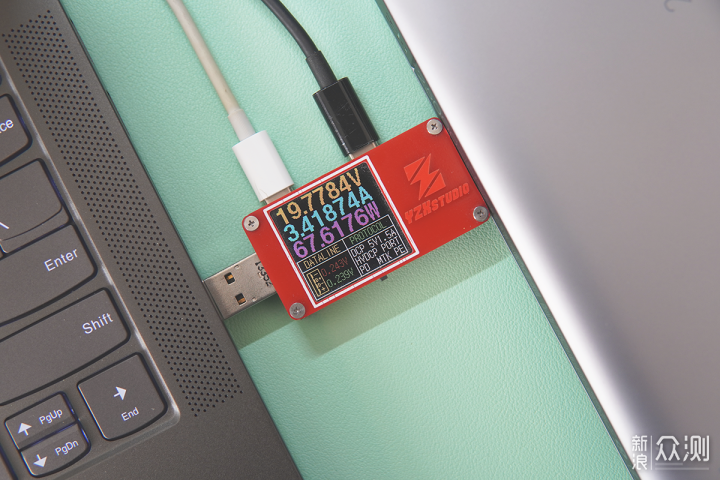
If you use the C1 port to charge the MacBook Pro, it can provide performance comparable to the original 96W charger. For port A, although there is no Mi 10 Extreme, it can still provide a fast charge of about 20W.
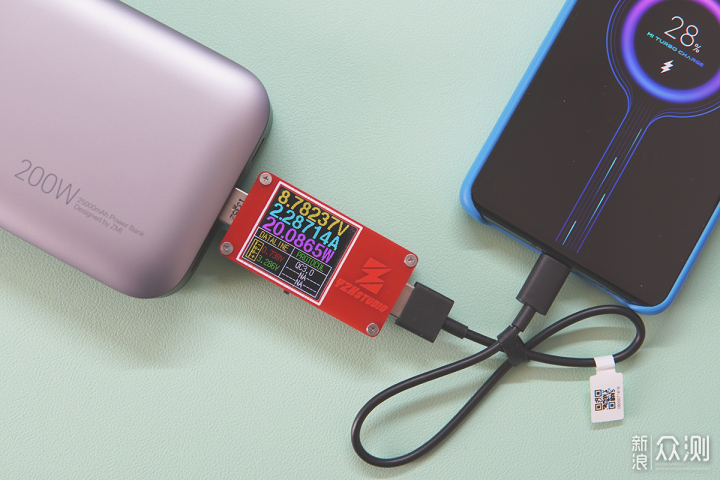
C2 port, the actual test can also charge Lenovo Xiaoxin Air, the output power is 40W.

To charge wireless headsets and other devices, you can double-click the battery check button to enter the low-current charging mode, and the power at this time is about 2W.
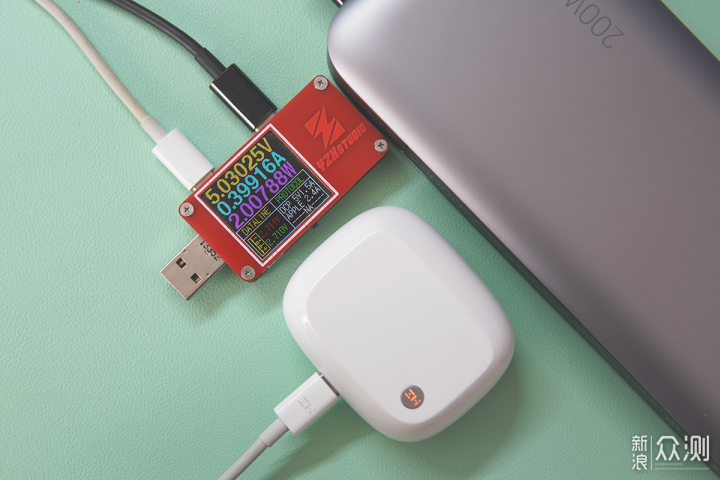
In terms of input, I did a test with a 65W GaN charger on hand. I measured it through the Mijia smart socket. The input power can be stabilized at 60W. It can be charged to about 60% after one hour of charging. For a 25000mAh mobile power bank, it can be said that it is very fast.

